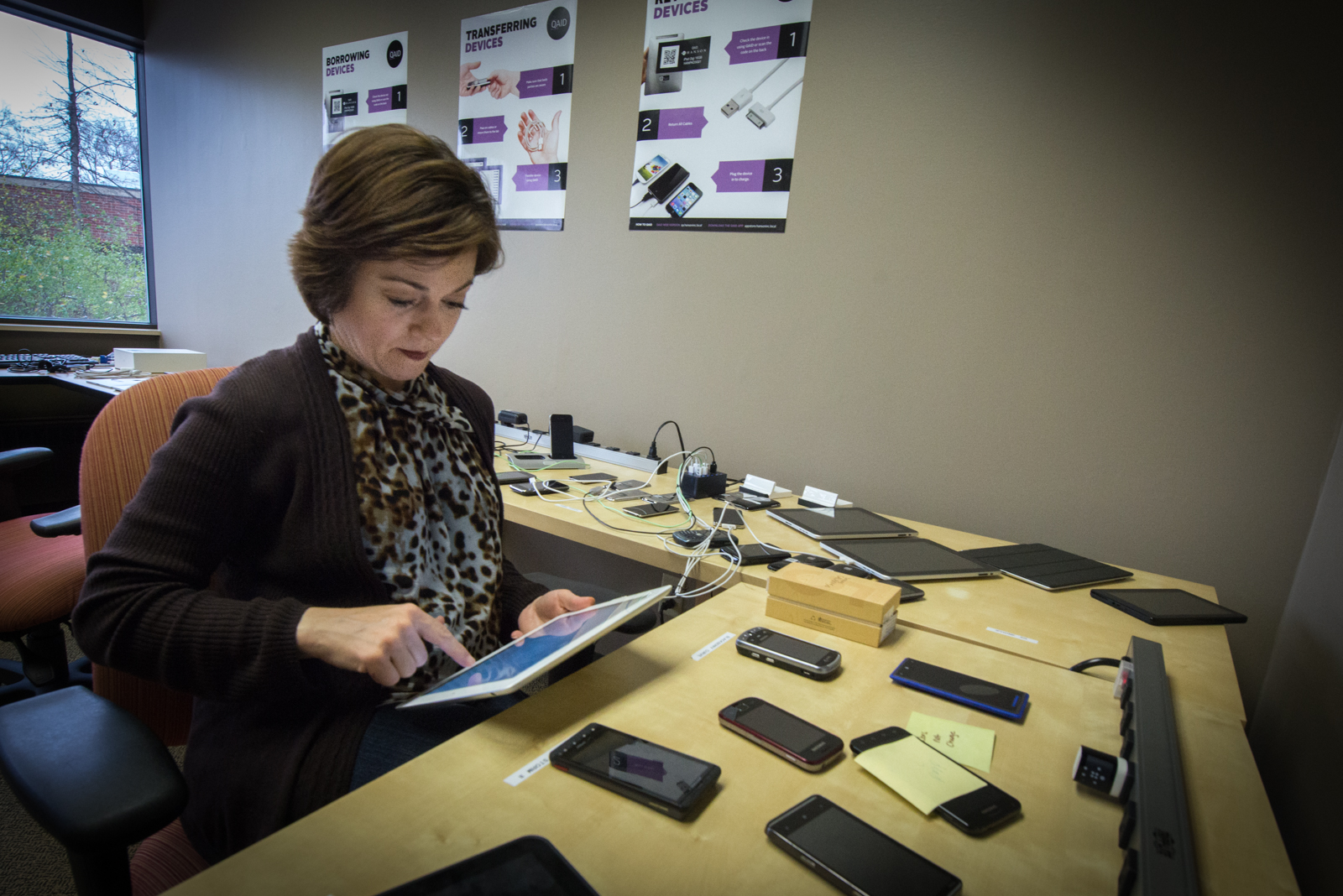Developing Content for the Healthcare Consumer
Writing for healthcare audiences is challenging. You’re communicating important—sometimes critical—information. Since it addresses diagnoses and treatments, it has to be sensitive. And, like all other branded communications, it has to speak from the appropriate voice. Finding the right balance isn’t easy.
Our team at Hanson has been working with clients in the healthcare space for years. We’ve written patient surveys and led focus groups, developed personas and mapped patient journeys, developed healthcare apps and websites, created video scripts and ad campaigns for healthcare providers, and even trained other healthcare writers.
If I had to boil all of this experience into one piece of advice about communicating with healthcare consumers, it’s this: Think like an educator. Here’s what I mean.
Answer questions before they’re asked.
We all know that people are much more proactive today in asking questions about their health. We’re used to crowd-sourcing information of all kinds now. And thanks to WebMD and discussion forums, we no longer feel we have to wait 6 months until our next physical to ask a question about our health.
That means the healthcare providers who are being proactive in delivering useful content to their patients and potential patients are taking the lead in the marketplace. Not only are they helping people get and stay healthier, but they’re establishing a credible presence that people will remember and return to later.
It’s not just about educating the public about the causes and symptoms of diseases. A lot of websites have done that already. But depending on your niche, there’s likely still a lot of practical content to be developed. Talk with your experts about common follow-up questions. Talk with patients and ask about their practical concerns. Do people who’ve had a certain procedure want to know if they should wash their incision the first day? If they can drink coffee or wine the day after? Answer the questions people will be asking about the healthcare services you provide, and get that content into your website, app, or email campaigns.
Use common terms as much as possible.
The medical community has always been (rightly) concerned about using accurate terminology. Accuracy helps guard against error. It also demonstrates expertise, which is important for the credibility factor and gives confidence to those who are looking for that expertise.
But sometimes information is technical simply because no one thought to break it down for those without 8 years of medical school. Healthcare content that speaks over the head of the consumer puts the burden of understanding on the person who most needs the information. And your credibility won’t matter to the person if they can’t even find you on the web.
So, for example, the medical professional wants you to use the word hypertension. But the person googling to find out if she should be concerned about her symptoms might use the word high blood pressure. The simple way to get the searcher to the right information is to marry the common terms with the technical ones. “High blood pressure, known as hypertension,…” might seem an obvious solution. But it’s a powerful way to help the consumer find what she needs and lead her to better understanding.
And if the content you’re writing is for your website, it has the added benefit of increasing your SEO value by incorporating both terms that people might search on the topic.
Be more aware than ever of context.
It’s not just that most consumers don’t have medical training and therefore might not know the right terms. It’s also that people who need healthcare information might be in treatment currently, which means there’s a possibility that their understanding is impaired by pain or medication.
So, for example, if you’re writing a survey that a patient has to complete before discharge, draft questions with simple yes or no answers. Think about the flow that will make the most sense from their perspective. And consider how the wording might need to be adjusted if the person needs a family member or an aide to help them complete the form.
Remember that not all healthcare consumers need the same information. Someone who is just getting a diagnosis needs different information from someone who is in recovery. Family and other non-professional caregivers may need different information from what the patient needs. So the same topic likely needs to be addressed in multiple ways, and then delivered in the best places for each audience.
That’s where your personas or patient journeys are going to be your guiding light. If you don’t have these tools, get them. Then put on your educator’s hat and start writing.





